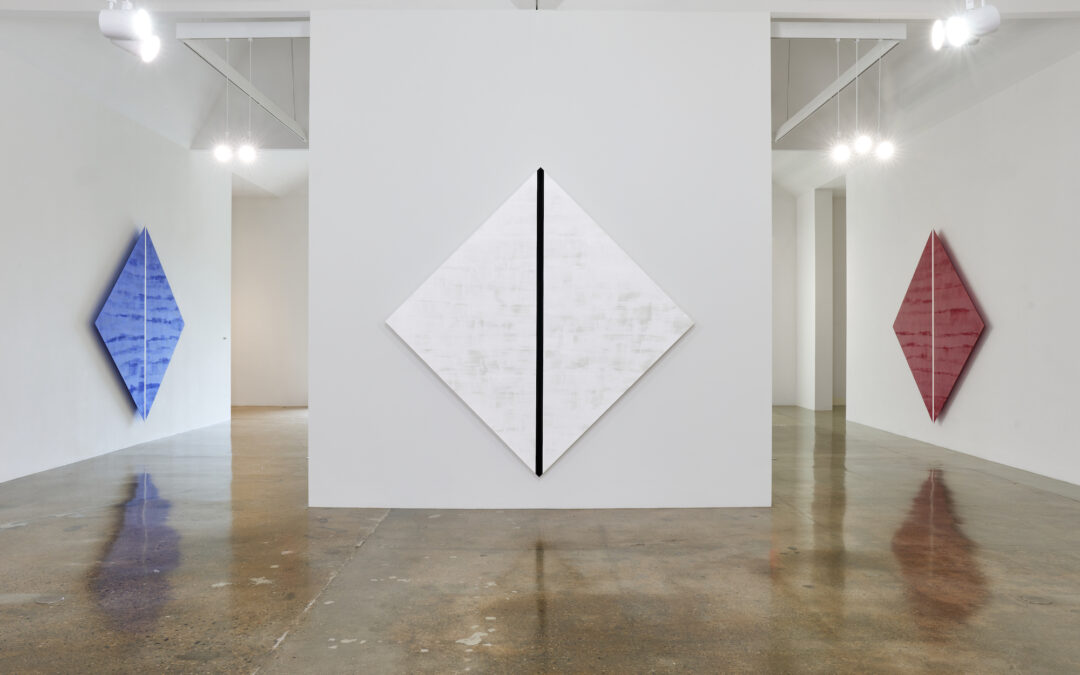

DUELLING REVIEWS: MARY CORSE

CAROLEE SCHNEEMANN at Lisson Gallery
This, remarkably enough, is Carolee Schneemann’s first solo exhibition in Los Angeles, six years after her passing. Schneemann may be late, but her show isn’t. It may indeed be a case of too little; the sparse hanging (8 wallworks and an installation) barely hints at...
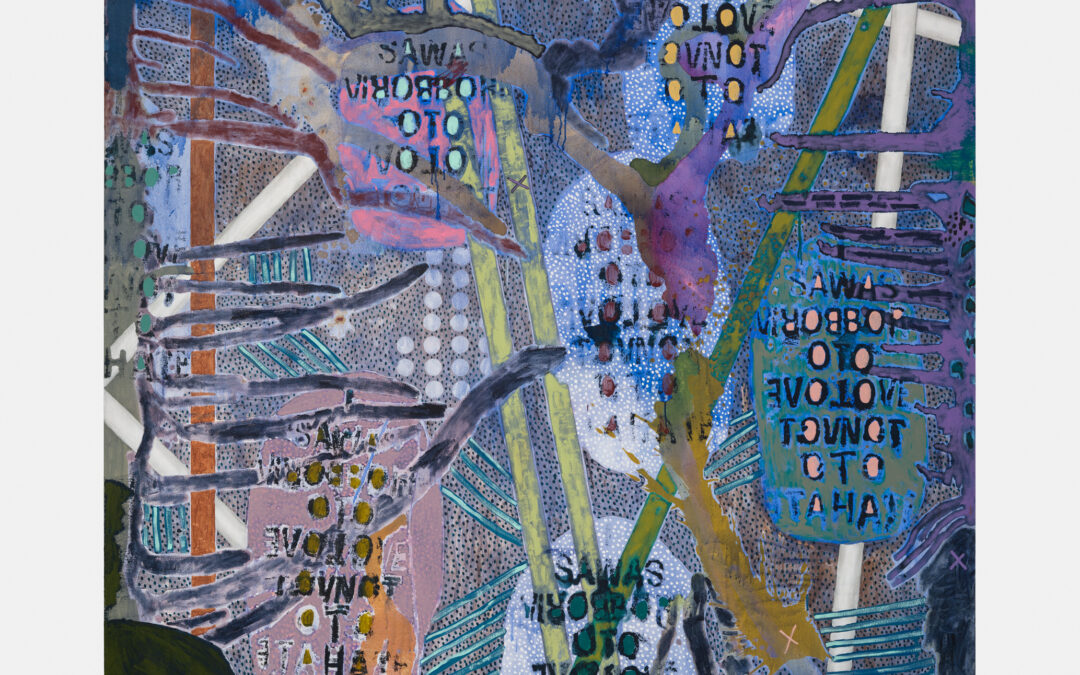
ALEXANDRA GRANT at Alloy Project Space, Curated by John Wolf
Situating her work at the juncture of word and image—an intermedial locus where, in her case, verbal content is at once borne and engulfed by complex painterly structures —Alexandra Grant has, in fact, had to struggle to achieve a coherent balance between her twinned...
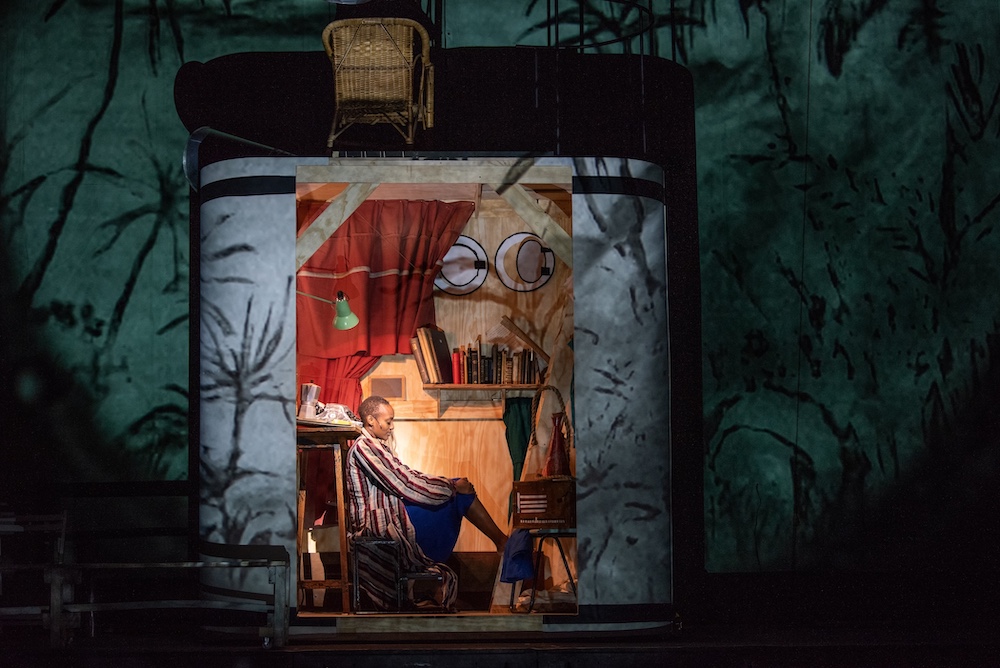
WILLIAM KENTRIDGE at The Wallis
In his monumental displays of structure, history, movement and sound—operatic compositions that unabashedly aspire to the now-“traditional” status of Gesamtkunstwerk, William Kentridge has become a leading voice not only in contemporary art but in the world’s cultural...
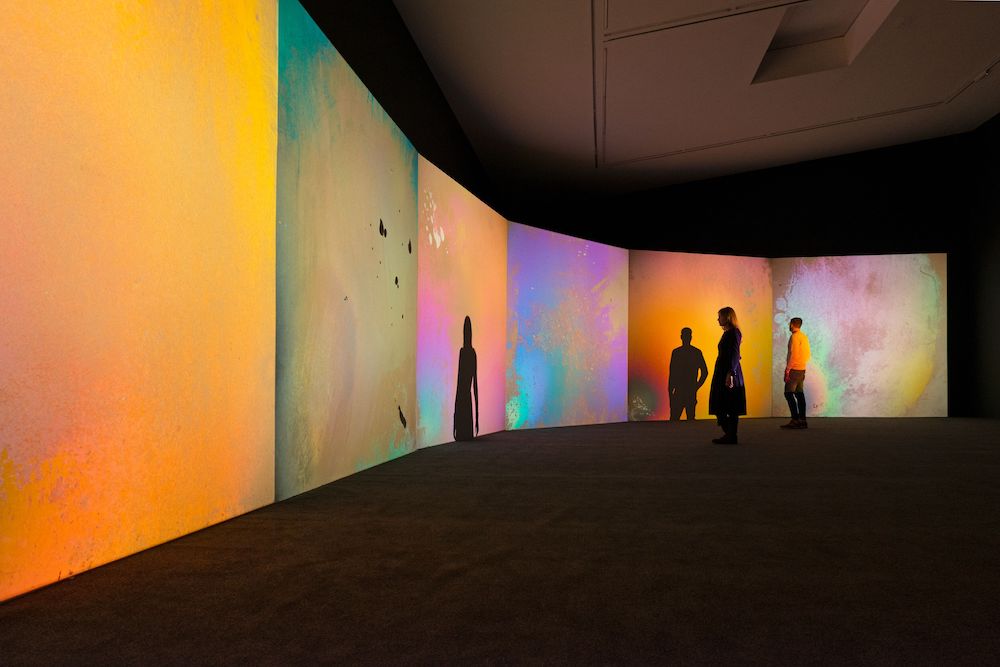
Gustav Metzger at Hauser & Wirth
The re-examination—some would say reawakening—of radical artistic movements in the postwar era has exposed the technological as well as ideological stew out of which the digital activism of today’s art emerged. The performance and conceptual art of the 1960s...
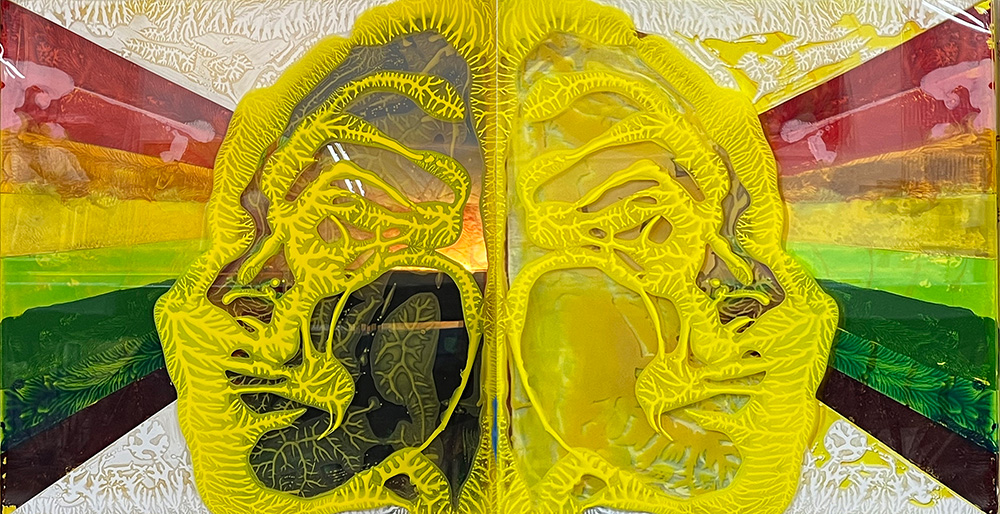
NIKOLAS SOREN GOODICH Gallery 169
Especially in an era of infinite variability, the mirror motif can get pretty tired pretty fast, whether as a means of solving abstract compositional problems or finding meaning in figurative relationships. In his latest series of mounted, translucent, usually backlit...
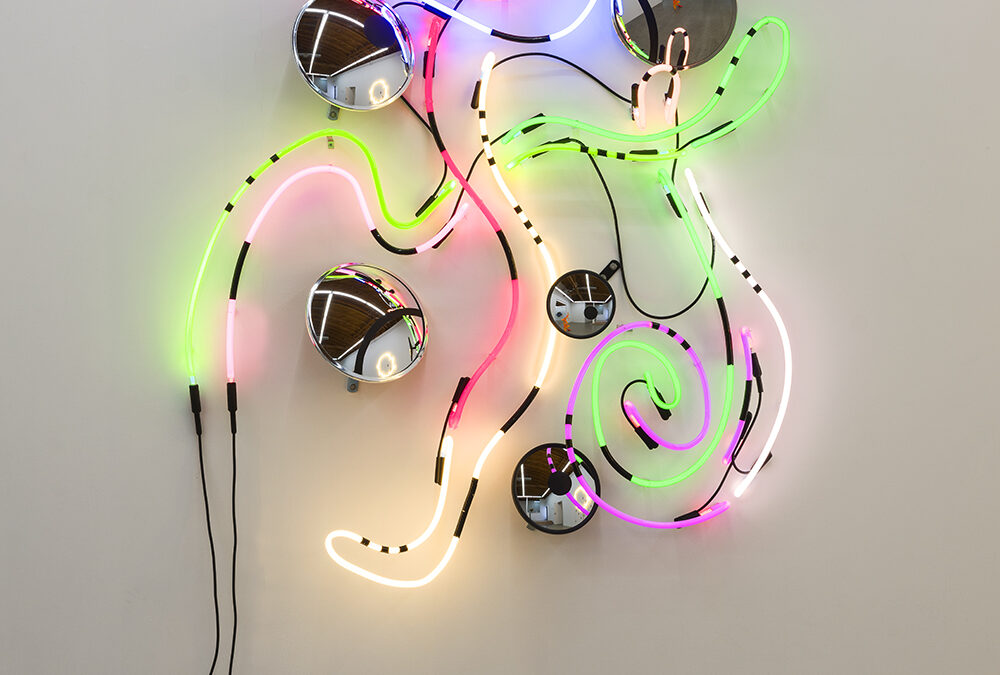
Keith Sonnier parrasch heijnen
Post-minimalist Keith Sonnier, who passed in 2020, was too prominent a figure to fall into the shadows, as have so many of his contemporaries. But given his striking originality, restless inventiveness and impact upon a broad range of peers and younger artists,...
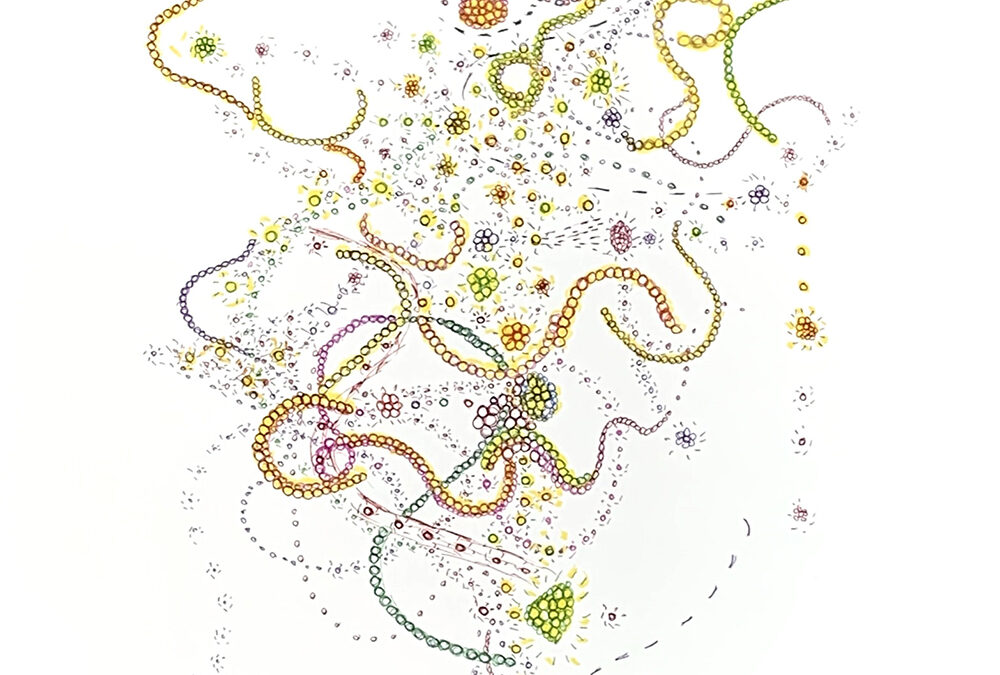
David S. Rubin California State University Northridge, West Gallery
It has been a while since David Rubin ended his long and distinguished career as an institutional curator, but he continues to write and curate—and continues to produce art as well. Rubin had put aside his youthful artmaking once his curatorial direction took over,...
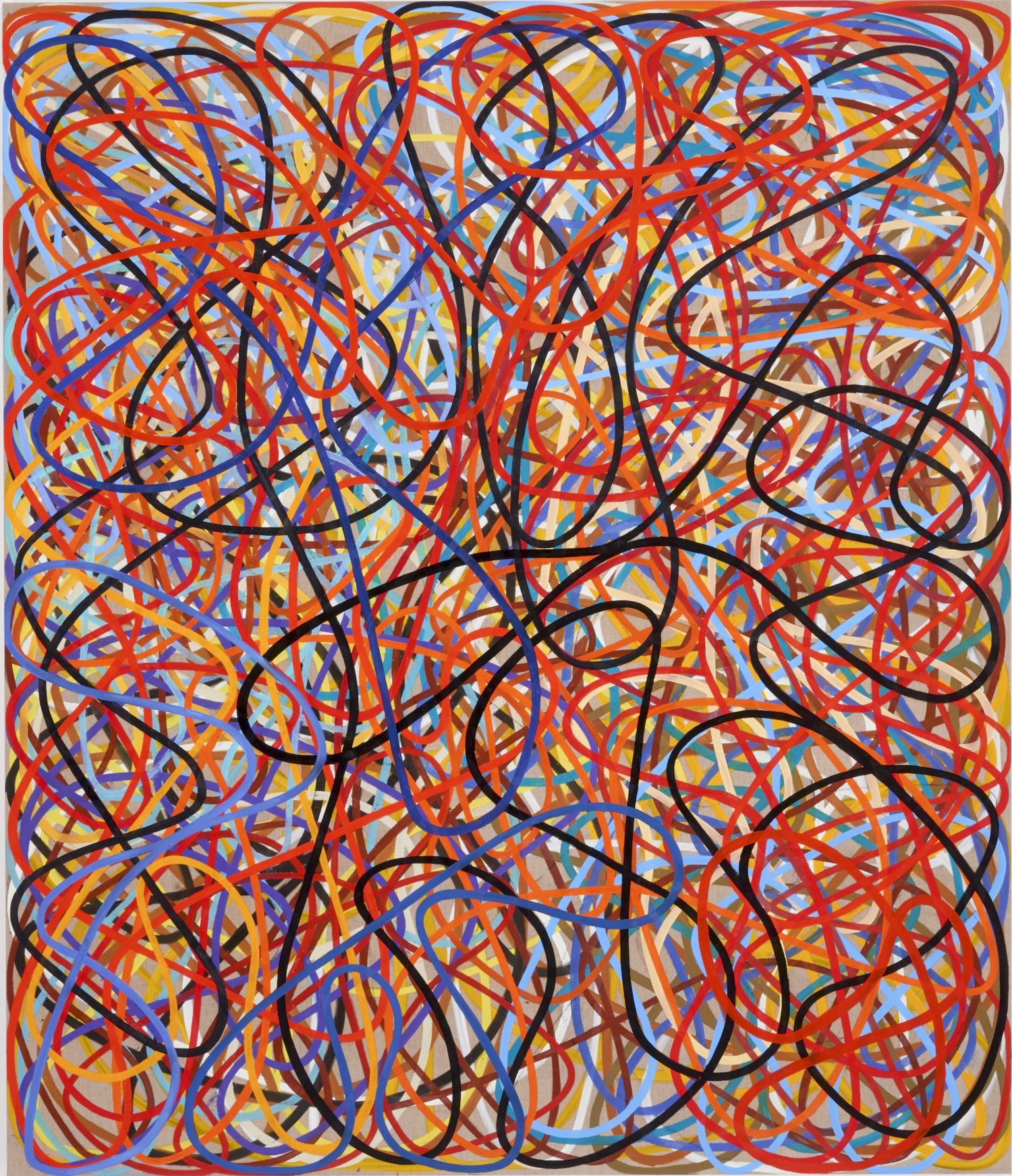
Fisher Museum of Art
Charles (or Chuck) Arnoldi has been a mainstay in Los Angeles art since the early 1970s, proposing a kind of material grittiness that is, if anything, the inverse of the finely tooled polish practiced by his finish/fetish friends. Arnoldi is, in fact, every bit as...
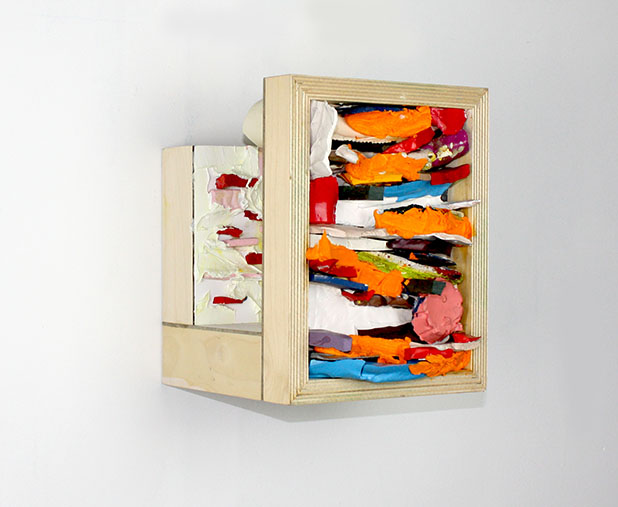
Christopher L. Mercier
The art architects make we expect to mirror their architectural aesthetic, if not extend it seamlessly. It is a modernist trope — going back to the Baroque, in fact — that images and objects, functional and otherwise, further distinguish a notable space by integrating...
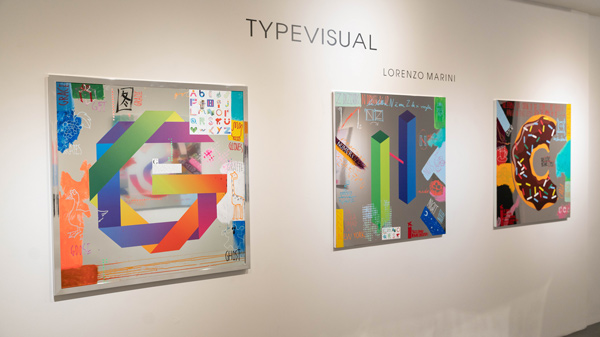
Bruce Lurie Gallery: : Lorenzo Marini
Lorenzo Marini’s engagement with the letters of the modern Latin alphabet hovers between that of a graphic designer, that of a painter, that of a linguist, and that of a poet. In each of his paintings and sculptures Marini rhapsodizes on the visual, verbal, and (to a...
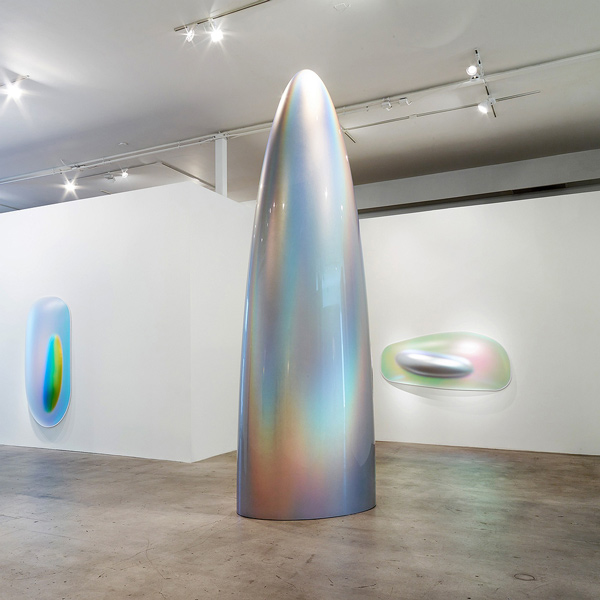
Diane Rosenstein Gallery: : Gisela Colon
In her last show with Rosenstein, Gisela Colon presented her first large free-standing object, a Parabolic Monolith that curved gracefully towards the gallery’s high ceiling and loomed over visitors. For Colon this was a notable translation of her light-and-space...
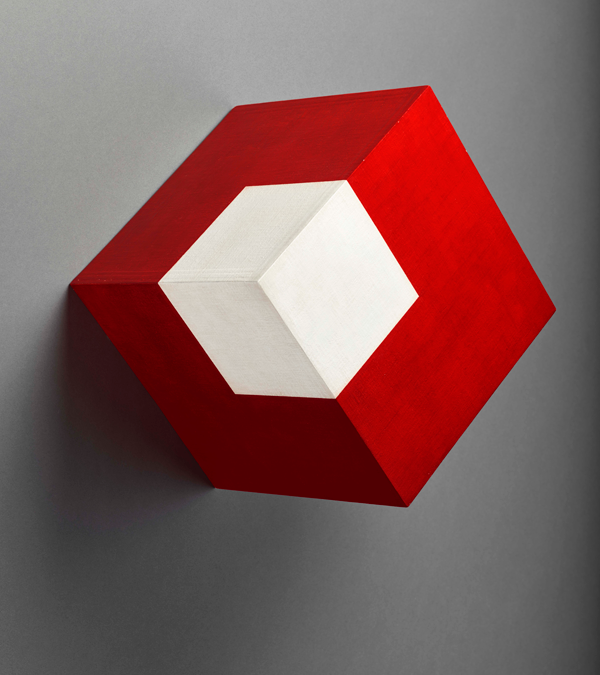
Making Art Concrete
“Making Art Concrete: Works from Argentina and Brazil in the Colección Patricia Phelps de Cisneros” makes for a companion exhibition to the Palm Springs Art Museum’s “Kinesthesia,” also shown under the rubric of the Getty’s PST: LA/LA initiative. It wasn’t intended as...
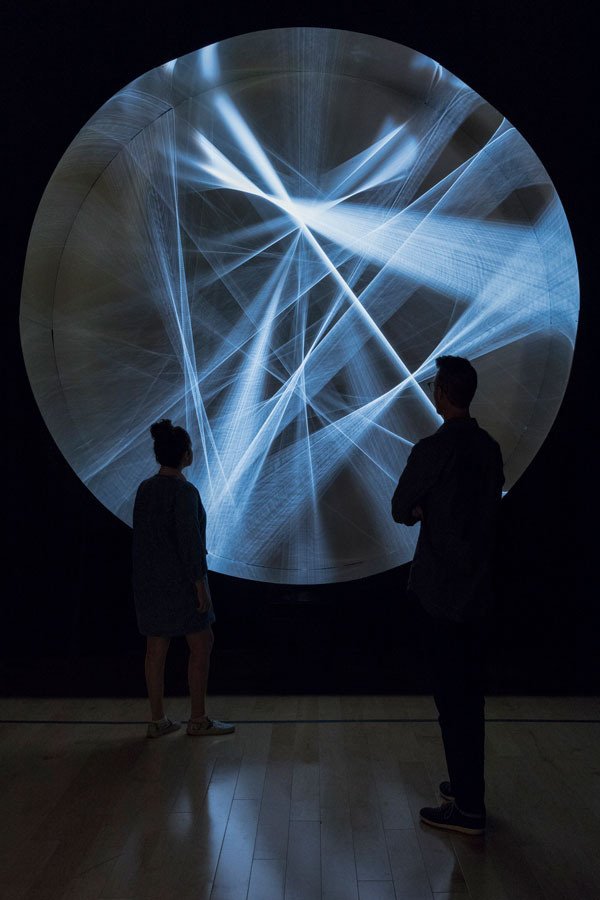
Kinesthesia: Latin American Kinetic Art, 1954-1969
Kinetic Art, like so many postwar movements, arose simultaneously in several disparate corners of the world, coalesced in the late 1950s and early ’60s, and derived from prewar tendencies whose revolutionary aesthetics and idealistic spirit seemed appropriate to a...
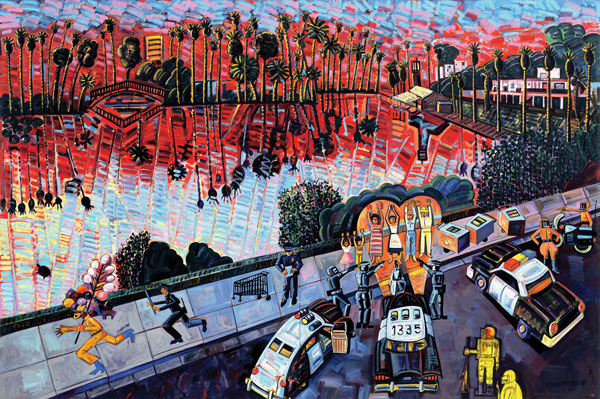
DREAMLAND: A Frank Romero Retro
Chicano art is at once a unified cultural expression and an ever-changing record of social and geographic situation. But regional inflections invariably emerge—and, certainly in the case of Chicano art in Los Angeles, regional inflection has profoundly impacted...
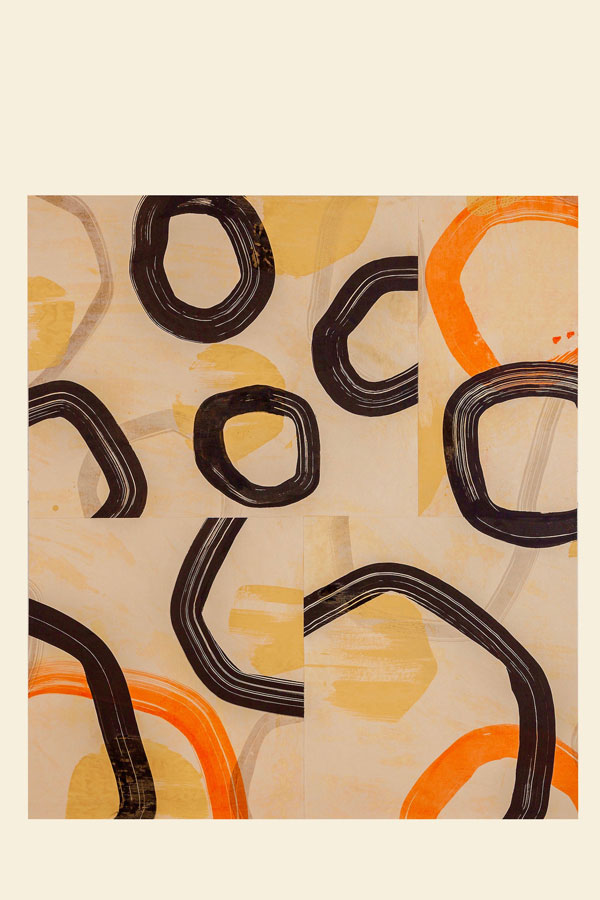
Peter Zaleski
Long dedicated to an elegant abstraction reliant on repeated forms and broken, almost prismatic, visual fields, all rendered in limpid colors, Peter Zaleski has recently sought to brace that graceful approach with a greater stringency—limiting the recurring figures,...
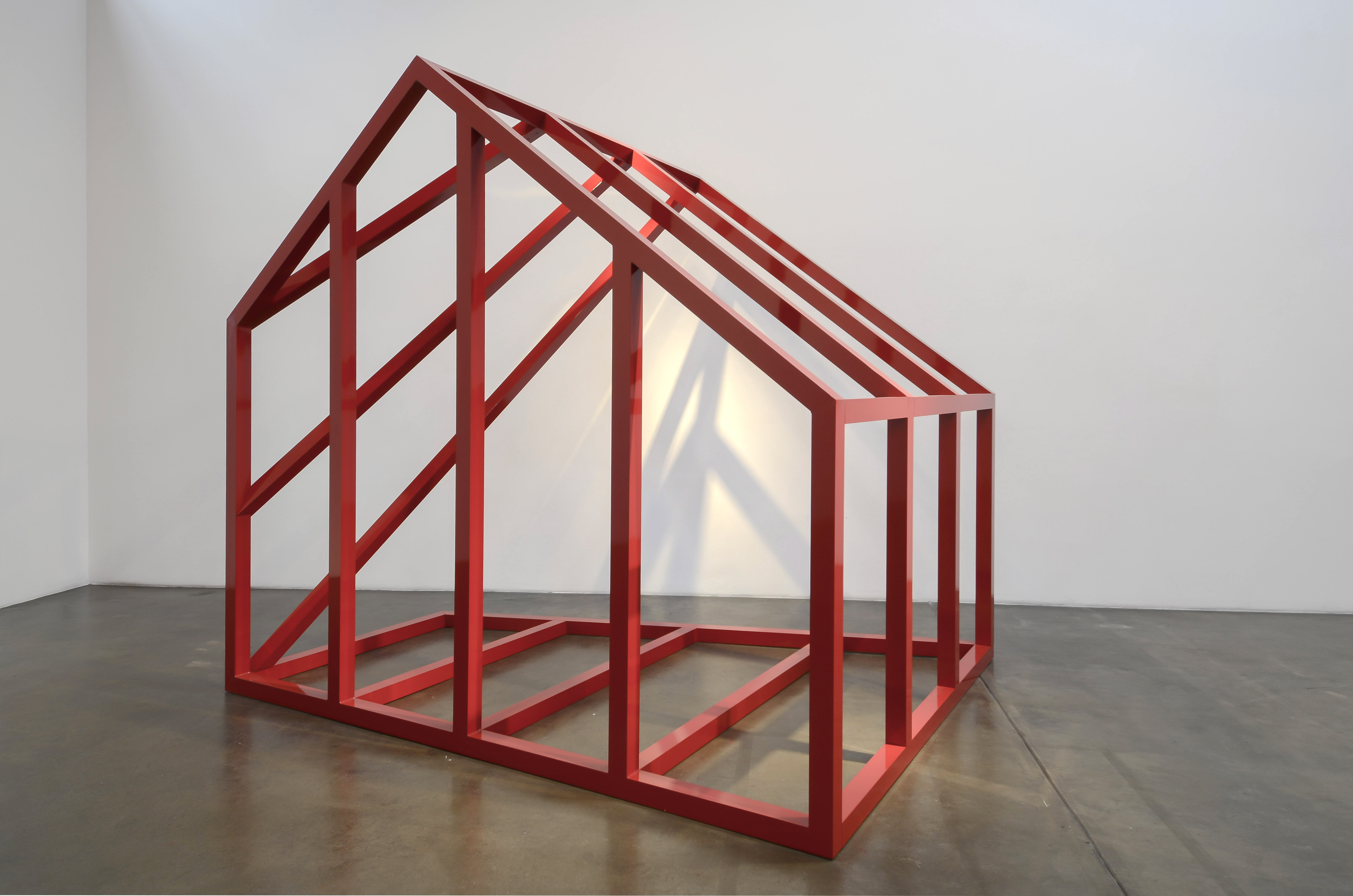
Rachel Lachowicz
For Rachel Lachowicz, lipstick—the actual infused-wax substance—has long functioned not simply as a gimmick, or brand, or even social signifier, but as a kind of idée fixe, a material so embedded in our culture, and so closely associated with femininity, that it...
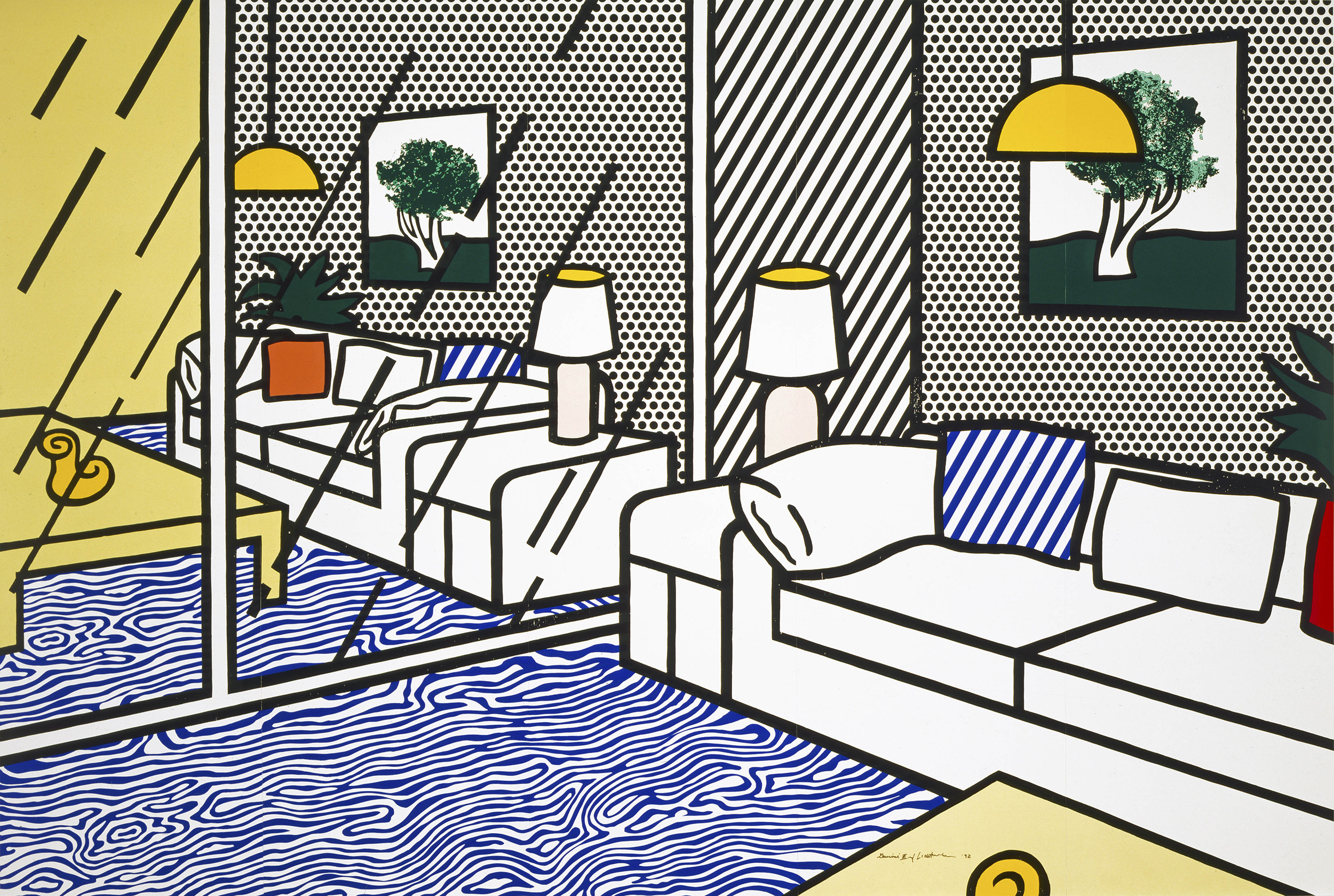
Roy Lichtenstein
The standard museum retrospective brims with artworks supported with biographical and thematic information. “Roy Lichtenstein: Pop for the People” brims with biographical and thematic information supported with artworks. Neither the selection nor installation of the...

